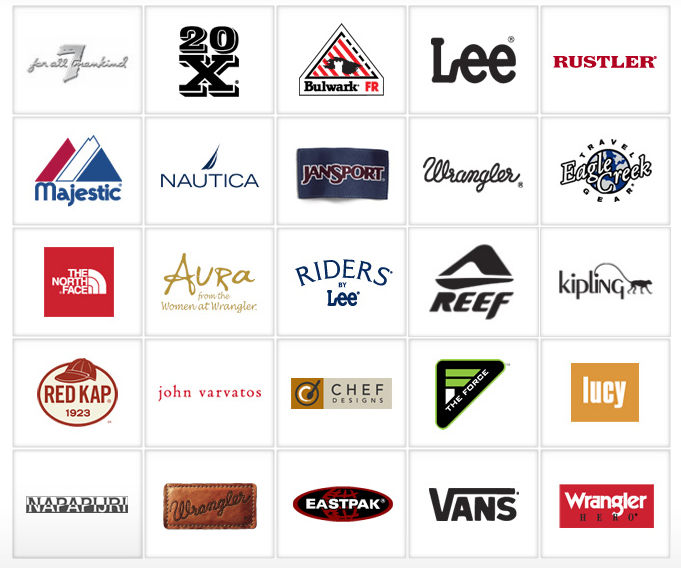In 1999, just three years after the first
Lee National Denim Day, I saw an advertisement for the event and thought it would be a great initiative for the organization where I worked. (I
promise it had nothing to do with the year's spokesperson, Rob Lowe.)
National Denim Day was conceived by a group of Lee employees who realized they had all been affected, directly or indirectly, by breast cancer. Concerns about breast cancer also emerged from conversations with customers. Subsequently, Lee National Denim Day was established to raise funds to fight breast cancer.
On National Denim Day, usually a Friday, employees pay $5 or more for the privilege of wearing jeans to work calling on workers to
go casual for a cause. Since its inception, the one-day event is one of the most effective single-day fundraisers for breast cancer.
Forbes Magazine has recognized it as one of the most creative CSR campaigns and the
Cause Marketing Forum named it one of the most influential CSR campaigns of all time. To date, National Denim Day has raised more than $91 million dollars to aid the American Cancer Society in screening for breast cancer, supporting patients who must travel for treatment, and funding research into cures.
Cause Marketing Forum notes that National Denim Day transformed Lee from a brand heavily favored by men into one popular with women as well. From the standpoint of customer growth, the campaign has been a success. It also empowered Lee employees to make a difference in a realm that truly mattered to them, so the event impacts employees as well. Because National Denim Day provides organizers with an easy to implement set of material, any organization can easily include it as one of its own CSR activities.

Back in 1999, then, I was excited about National Denim Day. I had sent off for my organizer packet which included brochures, posters, and pink ribbon pins to distribute to participants. Rob Lowe was there, on my office door, along with a sign-up sheet. I'd told my co-workers, and reminded them to bring a donation. And... no one remembered. I was able to get donations from some of my friends at work, but I'd had visions of us all wearing jeans and pink ribbon pins. It certainly didn't turn out as I imagined.
This was before the days of Twitter, Facebook, and Instagram. MySpace had not even been created at this time. Even work email was not commonly used for promotion of events like this back then. Having social media to promote an event and create enthusiasm is an important tool for CSR initiatives. However, I can't blame the failure of my local National Denim Day celebration on the lack of social media. I myself contributed by not being vocal enough and not finding champions in other departments to help me promote the event. I was also stymied by the company whose different departments were extremely siloed with no common meetings or even interactions. The workflow, physical layout, and general rhythms of employees impeded communication efforts. Finally, although the part of country in which I was living is known for its generosity, that generosity is often linked to church life or other activities outside of work.
To improve my event's chances of success, I could have established a clear fundraising goal, organized special events in conjunction with the day, created displays in the office, held competitions among departments or individuals, and planned a group photo shot.
Organizers of National Denim Day events have many more resources than were available in 1999 that help guarantee success. The day's website has myriad ideas for
promoting the day as well as for special
events in conjunction with the fundraiser.
Evelope stuffers can be included in paychecks or other mailings. Attractive
certificates of appreciation can be downloaded to give to coworkers who join.
Honor Patches or
Memory Patches allow participants to show their support in a common area.
Lee is a division of the
VF Corporation, one of the largest clothing manufacturers. While VF does have a section on their website devoted to
CSR, their information is fairly sparse, with brief descriptions of activities around social and environmental issues. I couldn't find mention of CSR in the company's last annual report. North Face, Timberland, Eagle Creek, and Nautical are among VF's many brands, and the lack of CSR at the corporate level may indicate an assumption that CSR will take place at the brand level. This allows more strategic CSR planning with CSR initiatives closely linked to brand identities. At the same time, VF Corporation could improve their CSR transparency (if not their CSR activities as a whole) by including more information on public websites, setting measurable goals for CSR in key areas, and reporting on progress towards those goals. I could not find a CSR report, and creating one would be a positive step for the corporation.
Despite these weaknesses (and despite my own unsuccessful attempt to manage a National Denim Day event), the divisions within the VF Corporation deliver exciting and innovative CSR initiatives. Clarifying how these relate to the parent corporation could develop synergies and uncover opportunities for partnerships and transfer of learning.


.JPG)

